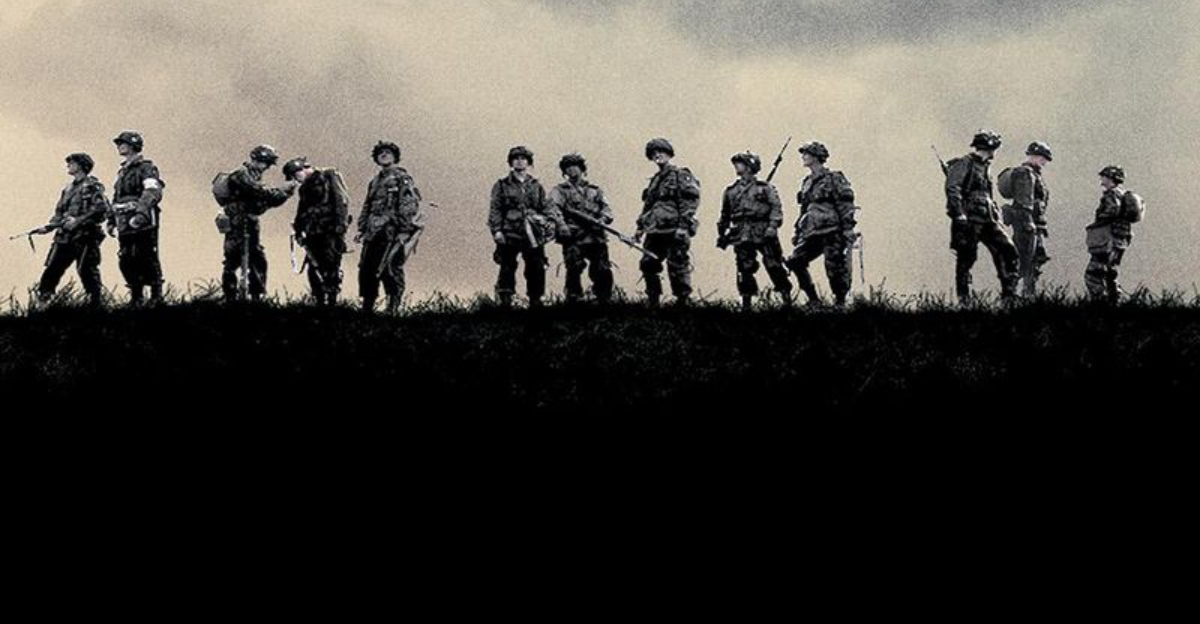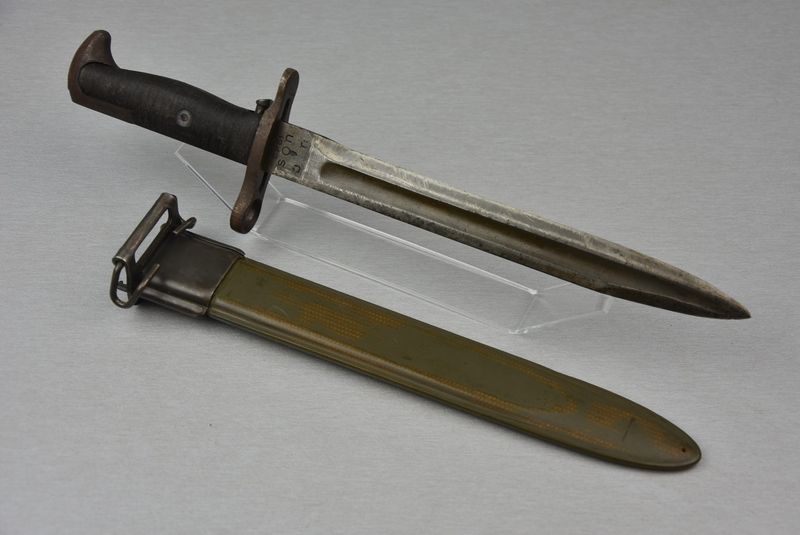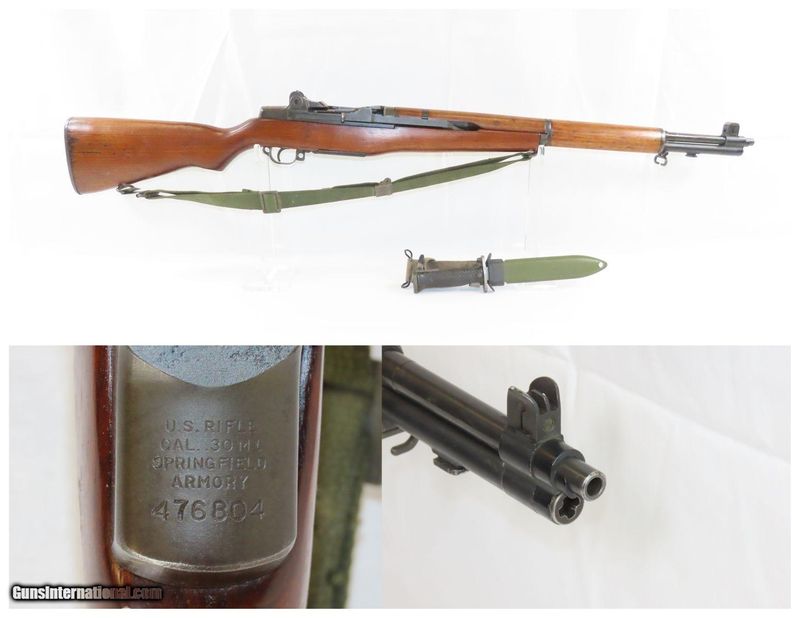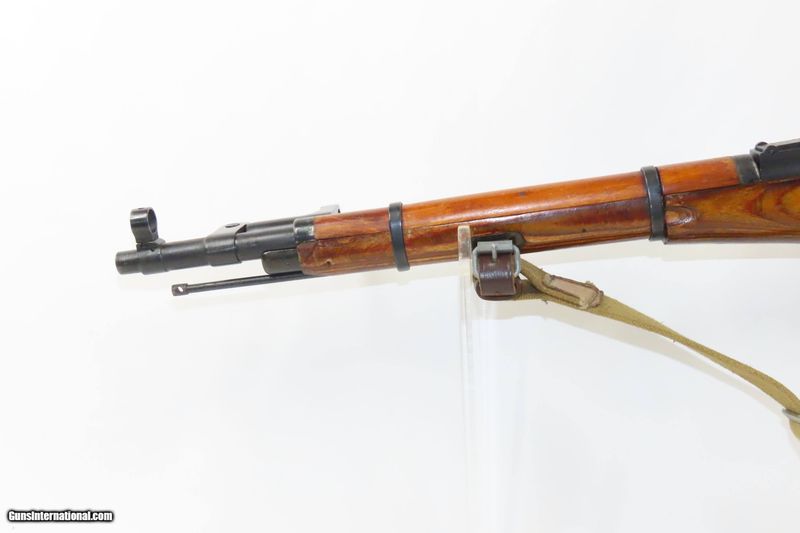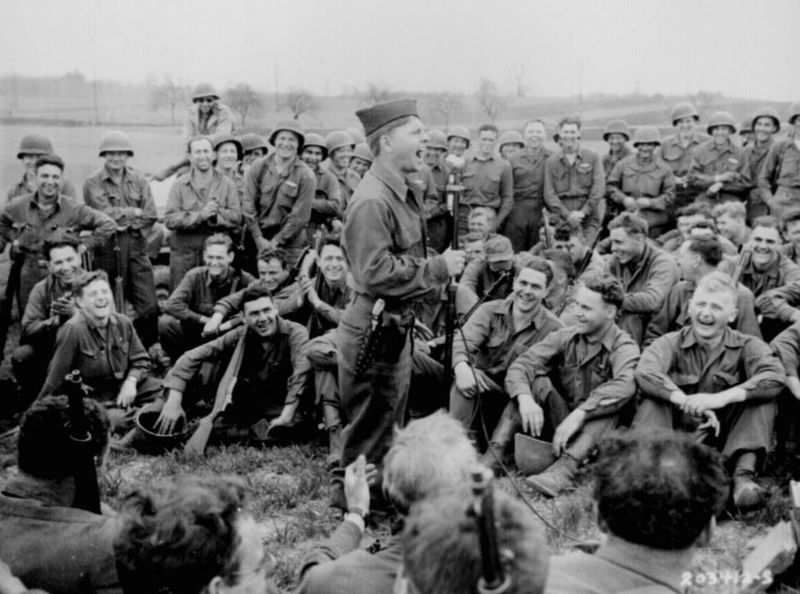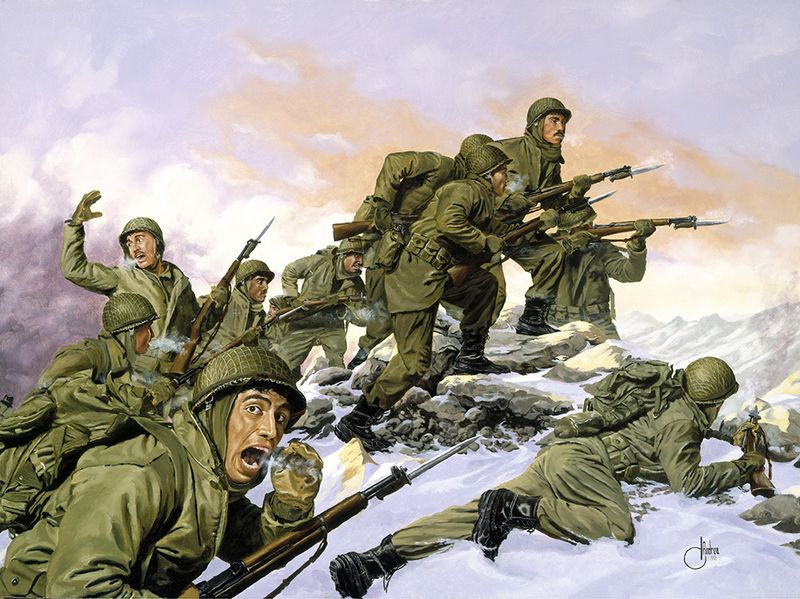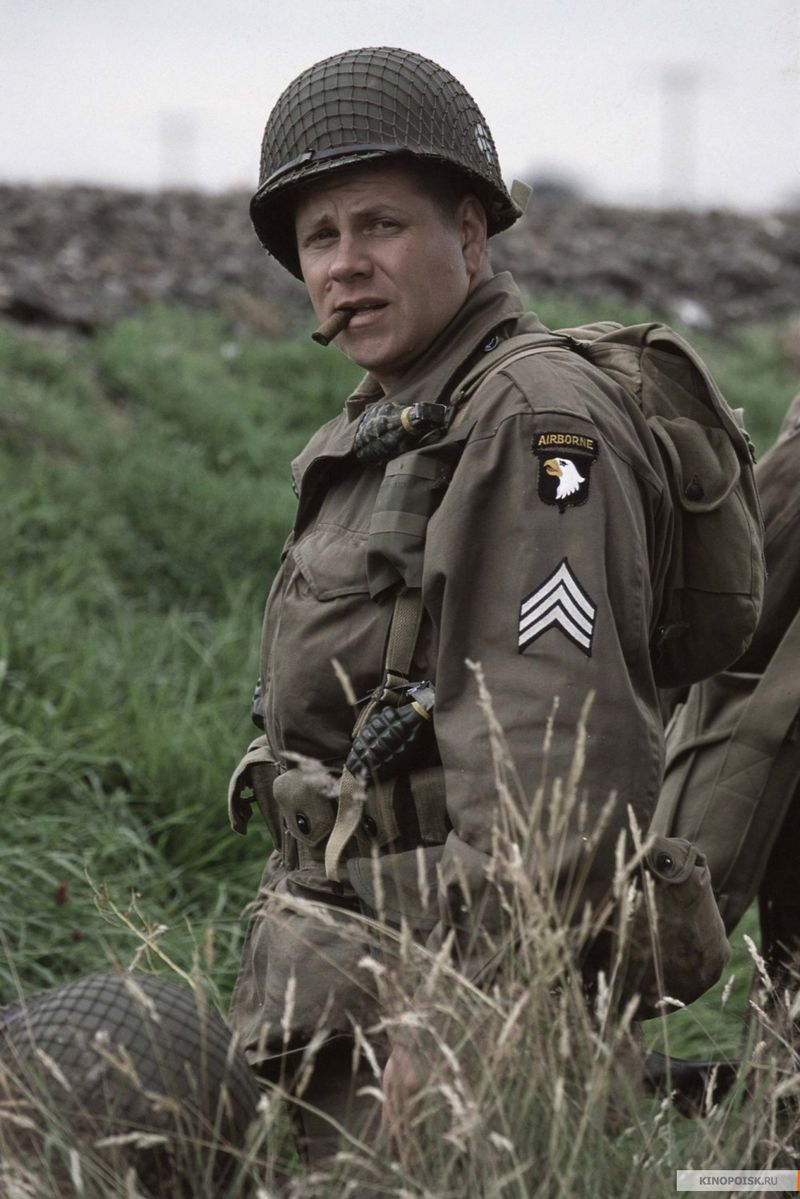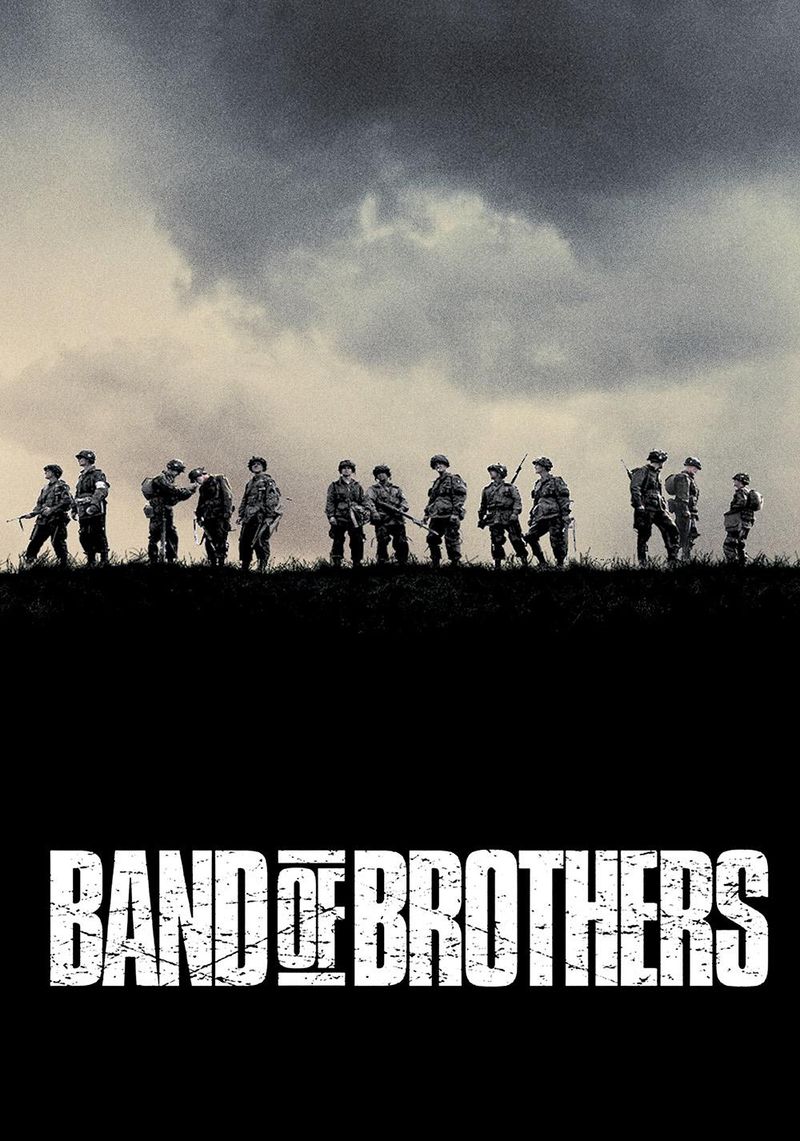The epic mini-series “Band of Brothers” has captivated audiences worldwide with its gripping portrayal of World War II.
Yet, there are scenes that viewers often question. One such scene involves the use of bayonets, which many believe to be a mistake, but it’s rooted in reality.
Here are seven fascinating facts that confirm the authenticity of this portrayal.
1. Bayonets Were Standard Issue and Frequently Used
During World War II, the bayonet was more than just an accessory for the M1 Garand rifle; it was a soldier’s lifeline in close combat. Every soldier received one as part of their standard issue. Imagine the cacophony of battle and the sharp, metallic clink of bayonets being fixed, ready for the chaos of trench and urban warfare. Their use was not a relic of the past but a vital tool in dense combat situations, where the enemy could be mere feet away. In these moments, bayonets transformed rifles into tools of survival and offense.
2. The M1 Garand Was Designed to Fire Accurately with a Bayonet Attached
The brilliance of the M1 Garand design was its adaptability, even with a bayonet attached. Engineers carefully calibrated the rifle to maintain its accuracy, ensuring it shot straight despite the added weight. This design was tested rigorously, with military assessments confirming its precision. Picture the determination of a soldier aiming through the sights, the extra heft of the bayonet barely noticeable as they concentrate on their target. This feature allowed troops to seamlessly switch between firing and hand-to-hand combat, a critical advantage on the battlefield.
3. Soldiers Often Fixed Bayonets in Urban Combat
In the tight-knit streets of war-torn cities like Carentan or Foy, soldiers equipped with bayonets prepared for the worst. The close quarters demanded readiness for unexpected encounters. Imagine stepping through rubble-strewn alleys, where every corner could conceal an enemy. The bayonet, gleaming with potential, was poised for action. Fixing bayonets was a psychological strategy too, meant to intimidate and assert dominance. Urban combat was unpredictable, but with bayonets fixed, soldiers felt a semblance of control in an otherwise chaotic environment.
4. The “Won’t Shoot Straight” Line Is Likely Dark Humor
Military life is often punctuated by humor, a coping mechanism in the face of adversity. When you hear a soldier jest that their rifle “won’t shoot straight,” it’s often a touch of dark humor rather than a literal complaint. Imagine a group of soldiers huddled in a trench, tension high, but a wry joke breaking through the anxiety. It’s these moments of levity that bond troops and provide relief. Such gallows humor has been a mainstay in military culture, showing resilience and camaraderie in trying times.
5. WWII Veterans Confirm Bayonet Use in Combat
Veterans of World War II, the living archives of history, have frequently confirmed the use of bayonets in combat. When clearing buildings or storming defensive positions, bayonets were more than ceremonial; they were practical. Picture an elderly veteran, eyes glistening with memories, recounting tales of bravery where bayonets played a pivotal role. These stories are not just personal anecdotes but affirmations of historical accuracy, bridging the gap between dramatized portrayals and lived experiences. Their recountings preserve the authenticity of historical narratives.
6. Randleman’s Character Was Based on a Real Hero—Who Likely Did Just That
Sgt. Denver “Bull” Randleman, a stalwart figure in “Band of Brothers,” was more than fiction. His portrayal draws from real-life heroics, where bayonets were not only plausible but probable. Envision Randleman, rugged and resolute, navigating the perils of battle, his bayonet an extension of his will to survive. His combat experiences, marked by the clashing of steel and the roar of conflict, reflect the harrowing realities faced by soldiers. Randleman’s legacy, captured on film, pays homage to his bravery, validating the series’ depiction of wartime tactics.
7. Historical Advisors Were Involved in the Series
The meticulous crafting of “Band of Brothers” was guided by the wisdom of WWII veterans and historians. Their insights ensured a portrayal of events that resonated with authenticity. Picture a group of seasoned veterans sitting with filmmakers, sharing stories that shaped the narrative. These consultations were invaluable, providing a tactile connection to the past. It’s likely that every element, including the presence of bayonets, was vetted for historical accuracy. Such dedication to truthfulness turns a dramatic series into an educational experience, bridging fact and fiction.
